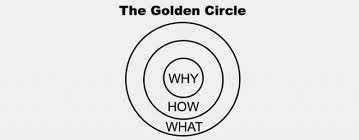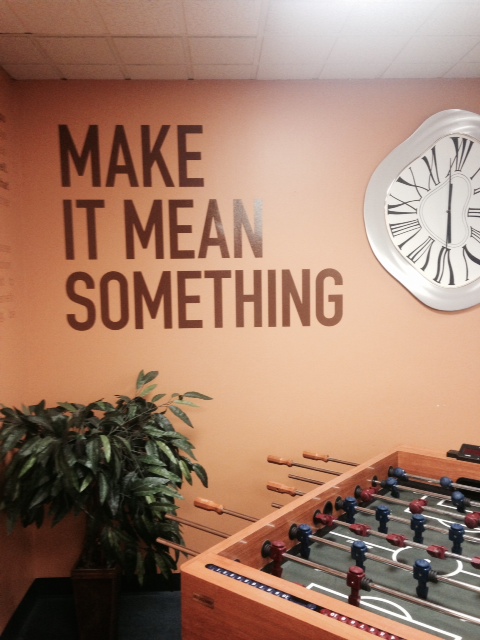Out in Silicon Valley, average annual salaries are about $195,000, and even interns tend to pocket $6000 per month. In an arena where money is hardly an object, what’s a company to do to entice sharp minds to join their team?
One word: Perks. And lots of them.
Just take a look at what Facebook has done to create the ideal work environment for their employees:
Let’s whet your appetite with a little food talk, shall we? Gourmet food courts and private chefs can be found across campus, catering to any craving or diet needs imaginable. It’s a feast of kings within your grasp every day, absolutely free.
Of course, what responsible company would offer such variety of delicious flavors without a way to burn off the extra calories? At Facebook, a fully loaded gym and rock-climbing wall provide an outlet to keep employees happy and healthy, complete with an array of fitness and rock-climbing classes. Even the commute across campus allows for a little exercise with a fleet of bikes available for any Facebook employee to pick up and ride on.
For those times when employees hit a mental roadblock, or just need a break from the daily grind, Facebook has artistic outlets to keep those creative juices flowing. Their analogue research lab art studio is available for anyone to pop in and create their own works of art. A music room, complete with guitar amps and a grand piano, is open for anyone looking for a midday jam session. And according to Facebook employees, taking this chance to tune out other distractions can be a huge boon in figuring out challenges in their work lives.
But in today’s highly connected digital age, there may be no greater perk at Facebook than not receiving any flak for being on Facebook all day. It’s all part of the job, keeping a finger on the pulse of this social media empire they’ve created.
Facebook realizes that for their business to succeed, they need to prioritize a company culture of taking care of their own, making Facebook an exciting place to come to work at every morning and grow a lasting career. Obviously, not every company out there can afford such luxuries for their employees. But even stocking the fridge for a beer thirty with the crew or throwing a company-wide luau once in a while can really help rally the troops together, and keep your employees motivated to excel. After all, inspired work flows from inspired individuals.
Drop us a line and tell us what you’re doing to keep that spark going in your company’s culture and keeps your employees coming back for more.
[gl-hs-form form_id=’1863abe3-c1e4-43d0-a298-c7b132f8ce03′]





